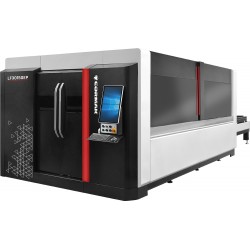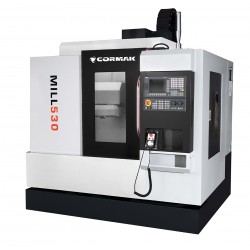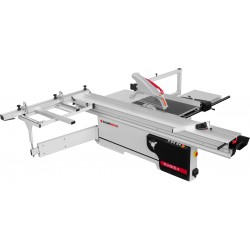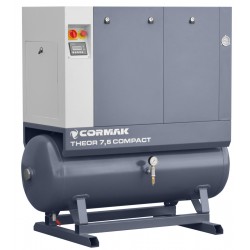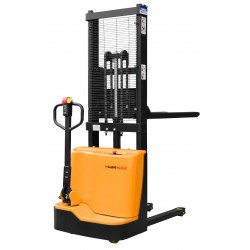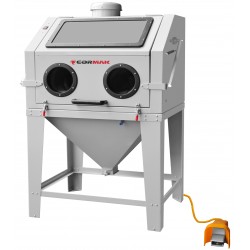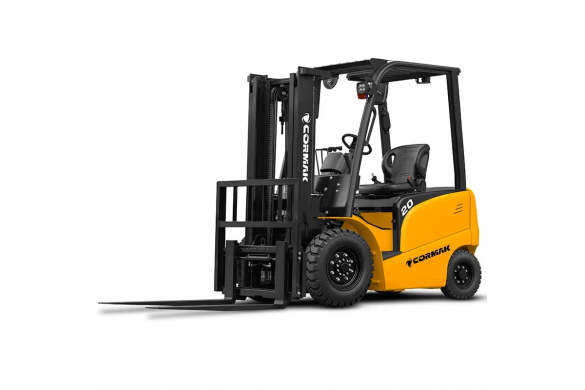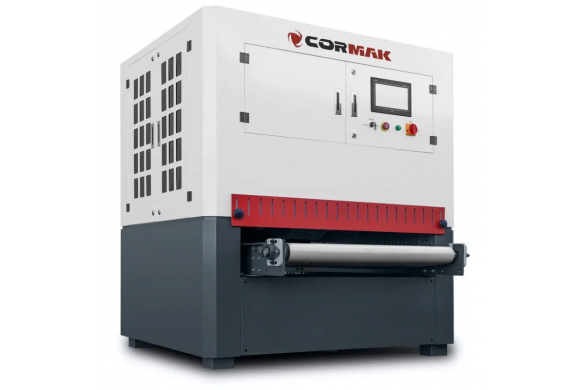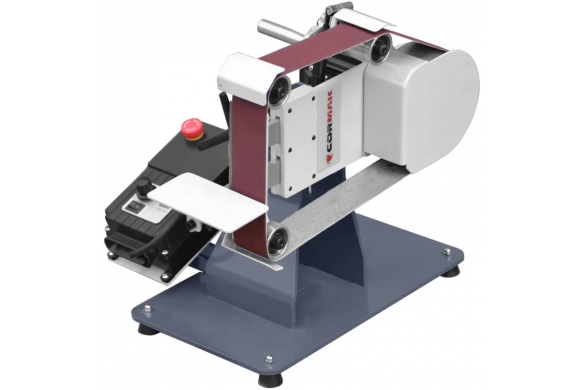Types of forklift truck masts

Types of masts in forklifts are not just a structural component—they are the heart of every warehouse logistics operation. In the rapidly evolving logistics sector, choosing the right mast can significantly impact work efficiency and the safety of goods transportation. Deciding between simplex, duplex, or triplex masts should consider task specifics, warehouse height, and the nature of the loads in order to maximize forklift performance and streamline daily operations.
In this article:
- Simplex mast – simplicity and functionality of simplex mast
- Duplex mast – versatility for medium lift heights
- Triplex mast – the solution for high stacking
- Types of forklift masts – criteria for choosing the right mast
Simplex mast – simplicity and functionality of simplex mast
The simplex mast is the most basic design used in forklifts. It consists of a single outer frame with a lifting segment that raises loads up to about 2 meters. These types of forklift masts are ideal for low halls, backrooms, and loading goods into delivery vehicles. This solution is perfect wherever simplicity and limited workspace are essential. The absence of additional frames or cylinders reduces maintenance costs and minimizes the risk of failure. With fewer components, the simplex mast is lightweight, improving maneuverability and reducing energy consumption. Forklifts equipped with this mast are especially useful in small-scale operations. A typical simplex mast weighs between 200 and 500 kg. Although this limits the lifting range, it offers good mobility, low wear on components, and easy operation even in narrow aisles.
Duplex mast – versatility for medium lift heights
The duplex mast includes an outer frame and an extendable inner frame with a hydraulic cylinder. Its construction allows lifting up to around 6 meters, making it an ideal intermediate solution between the simple simplex and the more advanced triplex. These masts are commonly used in warehouses, logistics centers, and factories where storage flexibility is crucial. The duplex mast works in two phases – first the outer frame rises, then the telescopic cylinder activates, ensuring stability and control when lifting heavier loads. Versions with full free lift forks allow vertical movement without increasing the total mast height—perfect for tight spaces like loading ramps or containers. Compared to more complex systems, these types of forklift masts offer a good balance between lifting height and structural weight. Maintaining compact dimensions, the duplex mast enables efficient operation with greater lifting capacity and better maneuverability. It’s a recommended solution for both small businesses and large logistics operators.
Triplex mast – the solution for high stacking
The triplex mast is the most advanced construction among the available options. It consists of three segments—one outer frame and two inner frames—allowing lifting heights from 12 up to even 18 meters. High-quality workmanship provided by a reliable industrial machinery manufacturer is crucial here for safety and reliability. Thanks to synchronized extension of the frames, the mast ensures smooth and safe load handling at high elevations. It is often equipped with full free lift forks, allowing operation in confined spaces without raising the entire structure.
Despite its performance, the triplex mast has a relatively low collapsed height—an advantage in warehouses with low doors, containers, or loading docks. Its ability to move loads horizontally also increases functionality in large distribution centers. Due to its complex construction, the triplex mast is the heaviest of all mast types. This impacts the forklift’s overall weight, requiring proper counterbalancing and drive system adjustments. In return, you get exceptional structural rigidity and full control even at high lift ranges.
Types of forklift masts – criteria for choosing the right mast
Choosing the right mast directly affects work safety and operational efficiency. Depending on your needs, you can choose a simple, versatile, or high-lift solution. Each type is available in our range of forklifts and other industrial machines. The most important technical parameters include:
-
Maximum lifting height – from 2 m (simplex), to 6 m (duplex), and up to 18 m (triplex),
-
Nominal and residual load capacity – determines capacity at different mast positions,
-
Mast weight – affects energy consumption, stability, and forklift mobility.
Also consider:
-
Minimum collapsed height – essential in low-ceiling environments,
-
Operational clearance – recommended minimum of 200 mm above the mast,
-
Aisle width – narrow spaces require maneuverability.
- Mast weight – Depending on the design, a forklift mast can weigh from around 200 kg (simplex) to over 1000 kg (triplex). Weight depends on the number of segments, hydraulic systems, and lift height – the more advanced the mast, the heavier it is and the more it influences the total forklift mass. Its impact on operator comfort and safety includes:
-
Visibility – simpler masts like simplex offer better visibility,
-
Stability – higher lifting requires carefully matching the mast to the forklift,
-
Efficiency – properly matched specifications improve operational smoothness.
A properly selected mast improves ergonomics, reduces energy consumption, and increases the overall efficiency of the logistics system. Each mast type serves a different purpose – choosing the right one should be based on your actual operational needs.

